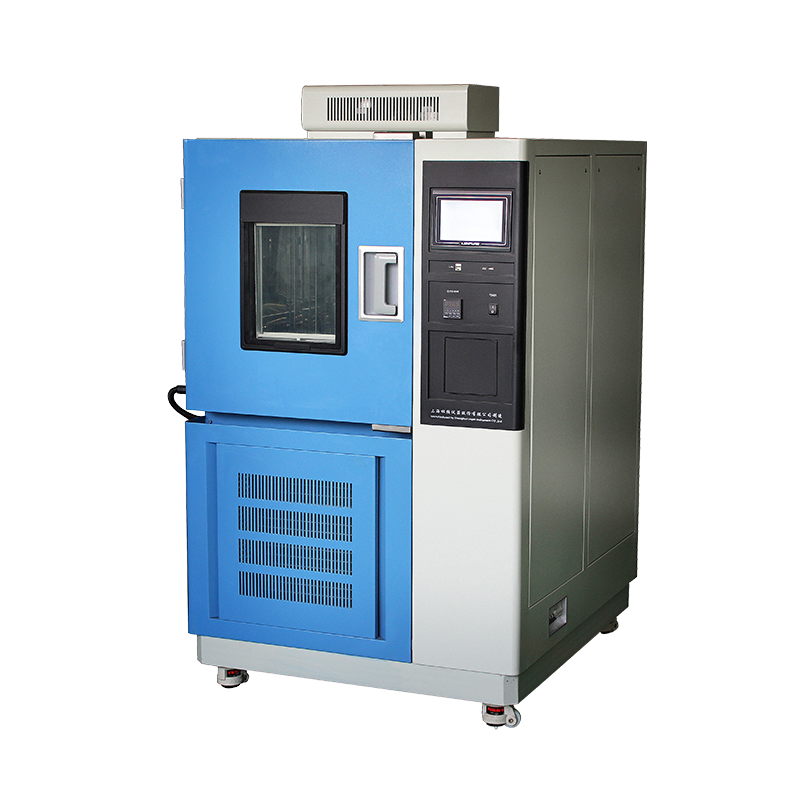

1. Purpose
To establish a standardized and quantifiable daily maintenance process, reduce unexpected downtime, extend the equipment’s economic life cycle, and guarantee the traceability of temperature and humidity values.
2. Scope
Applies to all constant temperature and humidity test chambers (50 L–1 000 L) with heating, cooling, humidifying and de-humidifying functions that are owned or operated by the company.

3. Responsibilities
Plant Engineering drafts and revises this SOP, organises annual calibration and system-level maintenance.
User departments carry out daily checks, Level-1 maintenance and keep running records.
The Maintenance Centre performs Level-2 maintenance, breakdown repairs and spare-part management.
Quality Assurance audits the effectiveness of execution and archives all maintenance records.
4. Definitions
Daily maintenance: a 5–10 min quick check carried out by the operator before or after every test run.
Level-1 maintenance: a 30 min systematic service executed weekly or after every 40 accumulative operating hours.
Level-2 maintenance: a 2 h in-depth service executed quarterly or after every 500 accumulative operating hours.
Level-3 maintenance (overhaul): a complete refurbishment performed yearly or after every 2 000 h by the manufacturer or an authorised service provider.
5. Hazard Identification & Risk Control
Before any intervention: verify zero energy, lock-out/tag-out the mains supply, wear cut-resistant gloves and safety goggles when handling refrigerant, allow hot surfaces to cool below 40 °C for at least 30 min, and depressurise humidification lines to atmospheric pressure.
6. Daily Maintenance Workflow
Pre-shift check (≤5 min): visually confirm that the chamber body, viewing window, hinges and door lock are free from cracks; the door gasket shall show no daylight through a 0.5 mm feeler; standby noise shall be ≤65 dB(A).
Post-test cleaning (≤10 min): wait until internal conditions are ≤40 °C and ≤60 %RH; wipe the inner liner with 1 % neutral detergent solution, rinse twice with pure water; wash the wet-bulb wick, dry at 105 °C for 30 min and store sealed; refill the water槽 with de-ionised water (resistivity ≥5 MΩ·cm) to 5 mm below the overflow port; ensure the drain valve is empty.
7. Level-1 Maintenance (Weekly)
Electrical: measure insulation resistance between mains terminals and earth with a 500 V megger; result shall be >20 MΩ; retighten terminal screws to 0.8 N·m; anti-loosen paint marks shall remain aligned.
Refrigeration: high-side pressure 1.4–1.8 MPa at 25 °C ambient; clean condenser fins if >2.0 MPa; low-side 0.3–0.5 MPa; compressor skin temperature rise ≤30 K; running current 90 %–100 % of name-plate; stabiliser output 220 V ±2 %.
Humidification: descale electrodes in 5 % citric acid for 10 min; replace if scale >0.5 mm; solenoid valve on/off deviation shall be ≤±2 s; compare humidity sensor against 75 %RH reference bottle, error ≤±2 %RH.
Mechanical: fan motor end-play ≤0.3 mm, radial run-out ≤0.05 mm; add 1.5 mL Li-soap No.2 grease; change reducer oil first 500 h, then every 2 000 h using ISO VG 68.
8. Level-2 Maintenance (Quarterly)
Door gasket: insert 0.1 mm feeler at 12 points, daylight ≤1 point.
Paint: cross-cut adhesion ≥grade 1, flake area <1 mm².
Insulation: PU-foam local settlement <5 mm.
Calibration: nine-point temperature mapping, fluctuation ≤±0.5 °C, uniformity ≤2 °C; three-point humidity mapping, fluctuation ≤±2 %RH, uniformity ≤3 %RH; issue calibration certificate and apply green/yellow/red label—red means “do not use”.
Firmware: update controller to latest release and back-up profiles.
Safety: 30 mA RCD trip time ≤0.1 s; replace UPS battery if back-up time <60 % of rated.
9. Long-Term Storage & Re-commissioning
Before storage: complete Level-2 maintenance; place 50 g–100 g silica-gel desiccant inside, humidity card <30 %RH; disconnect power, water and air; tag with storage date and owner; keep in a 5–35 °C, <70 %RH ventilated warehouse. During storage: power-on 1 h monthly (fan and controller only, compressor off). Re-commissioning: if idle >6 months, replace dryer filter, humidifier bag and wick; run empty 4 h, achieve set-point and stabilise 2 h before loading samples; log data daily during the first week—stop immediately if any drift.
10. Quick Fault Finder
Overshoot >3 °C: re-auto-tune PID.
Humidity <95 %RH: de-scale or refill, check inlet valve.
Compressor short cycling: recover excess refrigerant, clean condenser.
Alarm “E5”: replace Pt100, maintain 3-wire connection.
11. Minimum Spare-Part Stock
Dry-filter DML-083S: 2 pcs, shelf life 3 years.
Wet-bulb wick 8 cm×8 cm: 20 pcs, 2 years.
Door lock & hinge LH-201: 1 set, 5 years.
Controller fuse 5×20 mm 2 A: 10 pcs, unlimited.
12. Training & Assessment
New staff: 2 h theory + 1 h practical, pass mark 90 %.
Annual drill: clear 2 planted faults within 30 min.
Personal file linked to KPI: –2 points per missed maintenance node.
13. Documentation & Traceability
All hard-copy records kept 3 years; electronic copies uploaded to EAM system, searchable by serial number, date and responsible person; calibration certificates retained permanently.
14. Appendices
Appendix A: Daily Check Sheet
Appendix B: Level-1 Maintenance Record
Appendix C: Level-2 Maintenance Acceptance Form